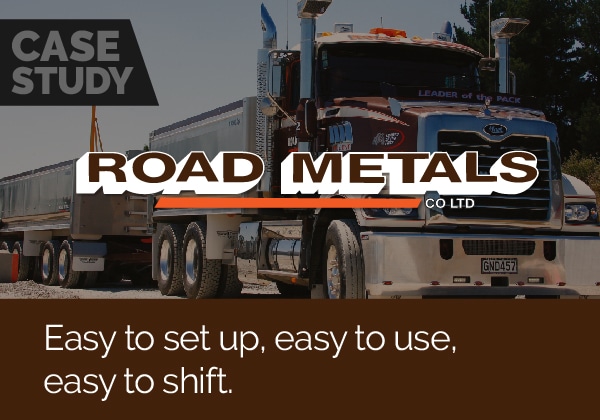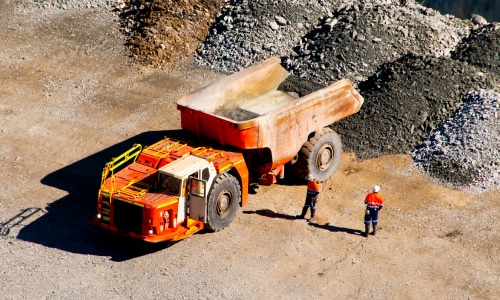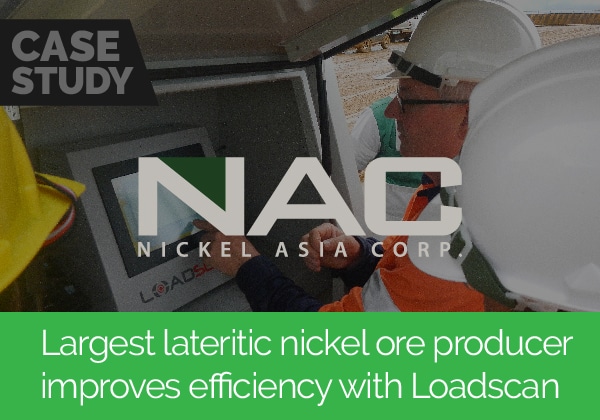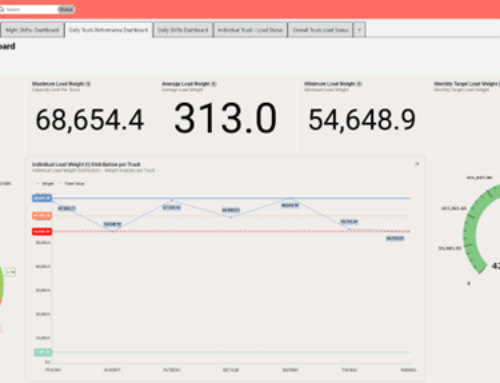Optimizing Mining Operations with Pitram and Loadscan Integration at CSA Cobar The MAC [...]
Debris removal
Earthquakes, floods, hurricanes, tornadoes, bush fires, and other types of disasters can suddenly change life as we know it.
Here in NZ we think of the Christchurch earthquakes and the immediate and immense impact on the community and nation in the wake of Feb 22, 2011.
In the aftermath of such disasters clean up needs to be fast and effective. Roadways need to be cleared so that emergency teams can perform their life-saving functions. And following that immediate response, general debris needs to be removed to enable infrastructure to be repaired and communities to assess damage and begin regenerating.
To facilitate this clean-up effort private contractors are used by government agencies. This is big business. For example Hurricane Katrina generated a US$1 billion debris clean-up bill. So it’s vitally important that debris removal is effectively monitored and measured as it gets removed.
How is debris removal currently measured and what are the debris monitoring issues?
Following a disaster, fleet(s) of contractor trucks are mobilised and recovery sites set up. Government agencies such as FEMA in the US have approved contractors on stand-by and strict operational guidelines in place.
As loads are transported and disposed of they need to be measured and accounted for so that progress can be tracked and truckers can be paid. Generally current practice for measuring the loads is:
- Each truck is assigned to a district and recovery site
- The truck’s bin capacity is manually measured
- The truck is assigned a number
- The truck collects a load of debris and transports it to the recovery site
- The truck drives under a tower
- Two people atop the tower estimate how full the bin is
- 1 ticket is written for the driver and 1 for the records
- Tickets are tallied
There are a number of issues with this somewhat antiquated process:
- Getting the truck capacity measured and allocated can take upto 2 hours (when time is critical)
- Estimating loads by eye is subject to error (no matter how experienced or skilled the estimator)
- Records are not available for analysis in real time and are subject to input error
So what could be done better?
Using a volumetric load scanning system could dramatically improve accuracy and efficiency.
Volumetric load scanning works on the principle of comparing empty scan profiles and loaded scan profiles for the same vehicle to compute the load volume. With the addition of a special filter scanning can detect air pockets and voids and accurately calculate the amount of debris on board.
- The lengthy time to measure and commission trucks is eliminated
- Load scanning is fast and accurate and not subject to human error
- Load information is available in real time
The upshot of the increased efficiency and accuracy of load scanning technology is that debris can be cleared up much faster and clean up costs are reduced.
Get accurate measurement now.
The LoadScan Load Volume Scanner (LVS) is the original non-contact ‘drive-through’ lorry & dump truck load measurement instrument for the accurate measurement of bulk material volumes. Contact us today phone +64 7 847 5777 (or in Australia ph+61 7-3217-0311 or the US ph +1 951-234-5933)












































